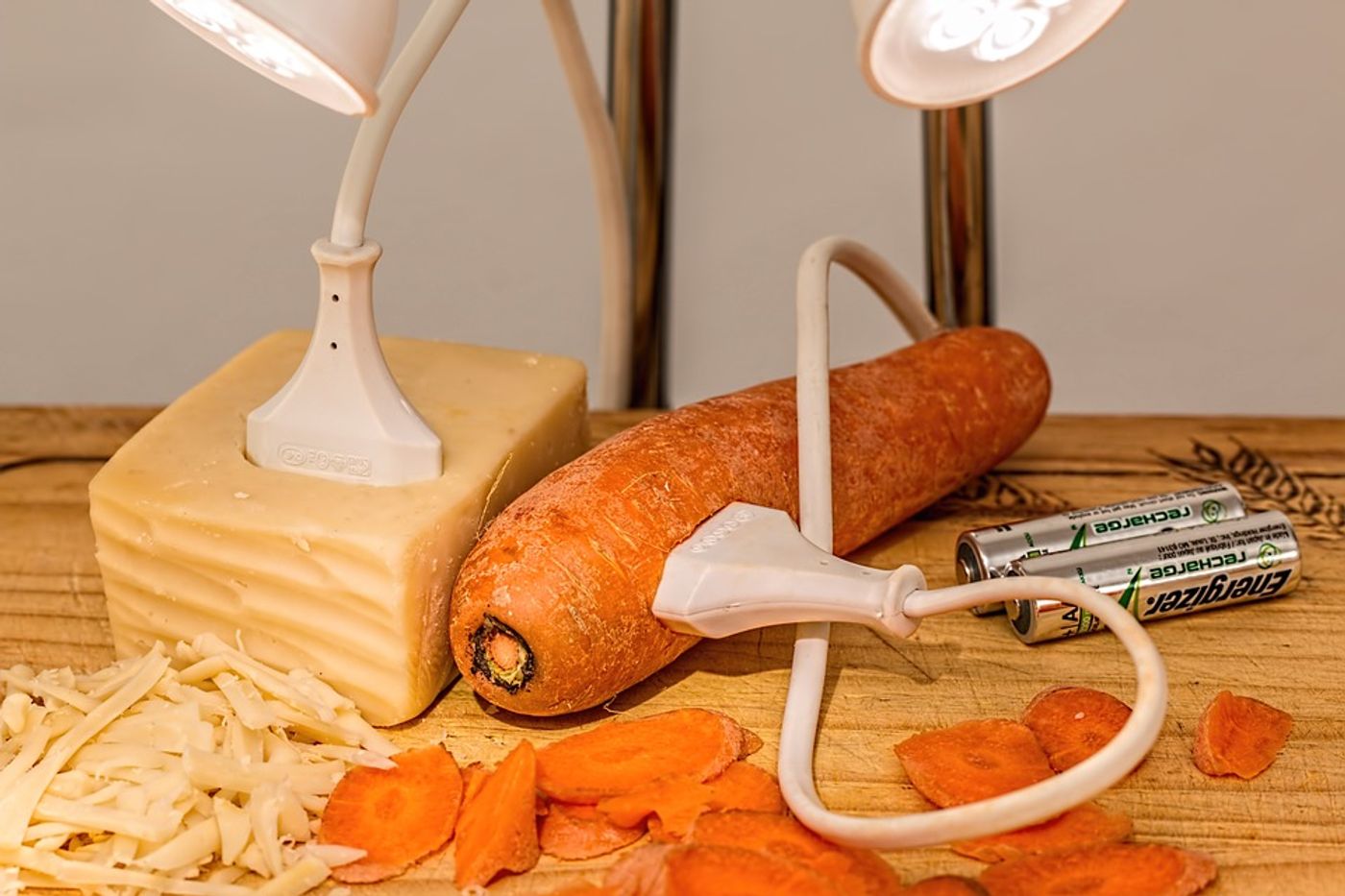Getting closer to efficient and affordable biofuels
In theory, biofuels are a sustainable alternative to oil and gas. In practice, however, they are expensive. With current extraction technologies, it takes more energy to produce biocrude from algae and other microorganisms than it actually creates. The economic and energetic investment required to produce biocrude has consequentially hindered the industry greatly. But breaking research suggests a new strategy for producing cost-effective algal biocrude in large quantities using a specially-designed jet mixer.
"There have been many laudable research efforts to advance algal biofuel, but nothing has yet produced a price point capable of attracting commercial development. Our designs may change that equation and put algal biofuel back in play," says University of Utah chemical engineering assistant professor Swomitra "Bobby" Mohanty, a co-author on the paper.
The US Department of Energy reported that in 2017, only roughly 5% of total primary energy use in the United States came from biomass. Transitioning to biofuels will help the country move away from fossil fuels and cut carbon emissions, thus reducing the amount of greenhouse gases we are pumping into the atmosphere.
The research comes from the University of Utah where a team of chemical engineers developed a jet mixer that is capable of extracting the lipids necessary for biocrude with much less required energy and time. The authors of the study, which was published in Chemical Engineering Science X under the title, "Algal Lipid Extraction Using Confined Impinging Jet Mixers," hope the jet mixer will deliver a more cost-effective method of producing biofuels.
"The key piece here is trying to get energy parity. We're not there yet, but this is a really important step toward accomplishing it," says Dr. Leonard Pease, a co-author of the paper. "We have removed a significant development barrier to make algal biofuel production more efficient and smarter. Our method puts us much closer to creating biofuels energy parity than we were before."
To produce biofuel, it is necessary to extract the lipids (fats) from algae. The jet mixer helps to do this efficiently. The jet mixer that the researchers designed is a reactor that expels streams of the solvent at streams of algae, explains Science Daily, thus creating a “localized turbulence in which the lipids ‘jump’ a short distance into the jet of solvent. The solvent then is taken out and can be recycled to be used again in the process.”
The researchers hope that their jet mixer is versatile enough to produce biocrude from other microorganisms beyond algae, like bacteria and fungi, for example. "This is game-changing," Pease says of their work on algae research. "The breakthrough technologies we are creating could drive a revolution in algae and other cell-derived biofuels development. The dream may soon be within reach."
Sources: Science Daily, Chemical Engineering Science X









